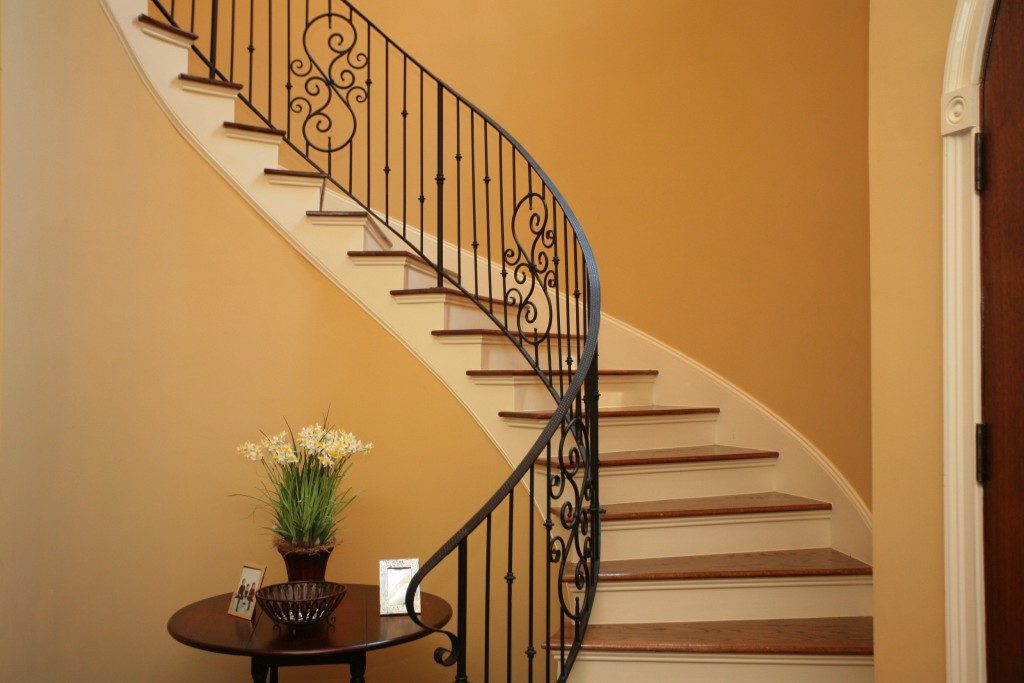For most people, staircase installation sounds like a simple task of joining treads and balustrades to connect one floor to another. While these might be the primary components of your staircase, there are other components, which although largely invisible, will determine the durability and efficiency of your staircase. One of the essential ones is the stringer.
This is a long board that supports your stair’s length and to which your other staircase components are attached. The stringer in your stair installation will bridge the gap between your floor joists on the upper and lower steps and provide a foundation for each of your steps.
Moreover, the stringer will determine the rise and run of your stair, the depth of each step, and the general width of your stairs. They can also be a decorative element of your staircase and conceal or reveal your finished tread ends. The following are your property’s staircase stringer alternatives.
Pre-Cut Stringers
Though costly, these are the easiest and fastest stringer choice to install. They only require a precise measurement of your staircase treads and other lengths to pick those that will fit your property.
Pre-cut stringers have been touted as the ideal choice for DIY staircase installers. Unfortunately, this option will only leave you with loose stringers that can trip people. Pre-cut stringers should thus be professionally attached.
Uncut Stringers
Here, the stringers for your stairs will come as wooden planks that should be cut to fit your staircase treads. This option generally suffices for wooden stringers and will come in different grades.
The ideal wood for your uncut stringers is grade 1 wood since this is easy to cut and can be customized to meet various design requirements. Though it will take time to cut and install uncut stringers, the result will be worth your investment.
Pressure-Treated Stringers

These are also wooden stringers primarily used for outdoor and deck stairs. The pressure treatment used for the stringers boosts their resistance to fungal decay and termites. A few people opt for natural wood species renowned for their pest-resistance.
Although viable, this option is quite expensive. The economic pressure-treated stringer alternative comes in different grades with the grade 1 being the top choice for those aiming for the best-looking staircases.
Metal Stringers
Wood has been the only alternative for staircase stringers for the longest time. Metal stringers are however, becoming a go-to alternative for those looking for something different. The notches in metal stringers are molded instead of cut the way wooden stringers are.
This decreases their likelihood of discrepancies in your staircase’s installation. Metal stringers are also bolted to the kickboard and upper joists of your stairs, making their installation easier. Unfortunately, they can only be used indoors.
The stringer choices above can be open or closed. Closed stringers will be installed at the staircase’s edges and will overlap the end of your steps. They can have small ledges or notches for extra support. Open ones, on the other hand, do not overlap the treads.
You could choose to have stair risers and treads attached to your open stringers’ horizontal and vertical faces. The stringers are generally used as center supports for staircases more so spiral ones.




